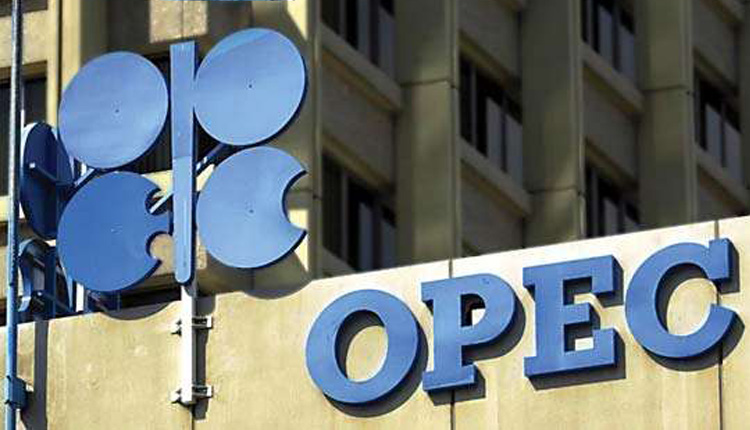Several OPEC members, led by Saudi Arabia and Libya, put enough new barrels on the market in September to offset a fall in production from Iran, where U.S. sanctions are whittling away at the nation’s crude exports, according to a monthly report.
The 15-nation producer group also knocked down its forecast for oil demand in 2018 and 2019, and said the outlook for economic growth is softening, particularly in emerging markets. Meanwhile, OPEC raised its forecast for oil supply growth in 2018 from non-member nations, including the United States
The report comes just three weeks before a U.S. deadline for oil buyers to cut off imports from Iran, OPEC’s third biggest producer. Concerns about OPEC’s ability to fill the gap in crude supplies has pushed oil prices to nearly four-year highs above $86 a barrel.
In September, OPEC pumped nearly 32.8 million barrels per day, up 132,000 bpd from August, according to figures supplied by several independent sources and cited by the group in its monthly report.
Saudi Arabia put an additional 108,000 bpd on the market in September, pushing its output to 10.5 million barrels a day. Saudi Energy Minister Khalid al Falih recently said the kingdom is pumping 10.7 million bpd this month and will hike output again in November.
Libya also added 103,000 bpd to the market, as the nation’s production, which has fluctuated during a long-running internal conflict, continues to recover.
The Saudi and Libyan increases offset a drop of 150,000 bpd in Iran, where total output fell to 3.4 million bpd. Iran claims its output remains roughly steady at just below 3.8 million bpd, according to figures supplied by the country.
Production increases in Angola, Nigeria and the United Arab Emirates also boosted OPEC’s bottom line. Venezuela, which is mired in a protracted economic crisis, continued to lose production, while output from the remaining OPEC members remained roughly steady.
OPEC warned that the world’s economic prospects are beginning to diverge after a period of synchronized growth. Economic growth is now challenged by tighter monetary policy in developed nations, weakening financial situations in some developing countries, rising trade tensions and geopolitical challenges.
“Global economic growth remains solid, but is facing potential headwinds,” OPEC said.
“While growth in the major OECD economies remains well supported, decelerating trends have become visible in some emerging markets and developing countries.”
OPEC now expects world oil demand to grow by 1.54 million bpd this year, down 80,000 bpd from its last forecast. Meanwhile, it raised its outlook for supply growth from non-OPEC countries by 200,000 bpd to 2.22 million bpd.
In 2019, OPEC expects oil consumption to rise by 1.36 million bpd, 50,000 bpd lighter than its last estimate. It also knocked down its outlook for non-OPEC supply growth by 30,000 bpd to 2.12 million bpd.
OPEC said the trend in the third quarter points to some weakness in the global market for fuel this winter, largely due to lower demand for diesel in Europe.
Source: CNBC


